Eat well – sleep well
At some point most of us resolve to lose weight and adjust our diet. But before we set out on a new diet with […]
Your propensity to behave as a lark or a night owl is known as your chronotype although most people are harder to categorise and fall somewhere in between. Around 10 percent of people are true larks, with a further 20 percent qualifying as extreme night owls1. In one study, researchers found a range of almost 10 hours2 when looking at the midpoint of sleep across different individuals.


Recent research suggests that at least two other chronotypes are quite common3. A team of researchers from Russia and Belgium uncovered napper types, who are sleepier in the afternoon rather than in the morning or evening, and afternoon types, who on the contrary are most awake in the afternoon.
researchers found a range of almost 10 hours when looking at the midpoint of sleep across different individuals
German psychiatrist Emil Kraepelin is thought to be the first to describe the concept of chronotypes in the late 1800s4 by examining factors such as cognitive ability and alertness during the day as well as sleeping habits. In the past, we were more in tune with the sun’s daily cycles of natural light but artificial lighting has allowed us to have more control over our sleeping patterns and has given rise to a larger variety of different chronotypes5.
Genes play a role, where mutations in single genes have been found in people who are extreme night owls or larks6. We now know that a preference for the afternoon or evening has a genetic component and is linked to a gene called PER37. This gene helps regulate your 24-hour biological clock which controls sleep/wake cycles – or your circadian rhythm. Early risers have a longer PER3 gene while it is shorter in night owls.
However your chronotype is also partially determined by other factors too. Age plays a part, where chronotype has been found to vary over a person’s lifetime. Researchers found that a shift towards later chronotypes occurs in adolescence and early adulthood, peaking at age 198. Older people generally have earlier chronotypes due to an opposite shift later in life, where the average mid-point of sleep is 3:00 am at 60 years old compared to 4:30 am at age 17 to 18.
Gender differences also influence chronotype, where women are more likely to be early risers compared to men in the first half of their lives.
A person’s chronotype can be determined by asking questions about sleeping and waking habits, for example by using a standardised questionnaire developed by researchers9. But analysing levels of melatonin – a hormone that regulates sleep/wake cycles – can also reveal owl or lark status. In dim lighting, our body naturally produces melatonin about two hours before bedtime – known as dim light melatonin onset (DLMO). Testing a person’s DLMO by taking saliva, blood or urine samples is considered to be the most reliable way to measure circadian rhythms10 and can therefore be used to assess chronotype.
This is the first of a three part series introducing chronotypes, in Part 2, we explore how chronotypes control your body, from hormones and appetite to mental and athletic performance.
Sandrine Ceurstemont is a freelance science and technology writer based in London, UK, and Morocco. Previously on staff at New Scientist for nine years, she now writes for a variety of outlets such as BBC Future, National Geographic, the European Union’s Horizon magazine, and Scientific American. She is more night owl than lark.
Footnotes
1 First physical evidence of why your’re an owl or a lark – New Scientist
2 Chronotypes in the US – Influence of age and sex – Plos One
3 There is more to chronotypes than evening and morning types – ScienceDirect
4 Emil Kraepelin’s concepts of the phenomenology and physiology of sleep: The first systematic description of chronotypes. – PubMed
5 Assessing Chronotypes by Ambulatory Circadian Monitoring – Frontiers in Physiology | Chronobiology
6 Genetics of the human circadian clock and sleep homeostat – Neuropsychopharmacology
7 PER3 period circadian regulator 3 – NCBI
8 Sleep-wake rhythms vary widely with age as well as amongst individuals of a given age – Science Daily
9 The Munich ChronoType Questionnaire – The WeP
10 Comparing the Morningness-Eveningness Questionnaire and Munich ChronoType Questionnaire to the Dim Light Melatonin Onset. -PubMed

© Owl + Lark Limited 2024
Winterman House, 11 Old’s Approach, Tolpits Lane, Watford, WD18 9QY | Company number 12398178
Using Light for Peak Performance
The sheet is like nothing else I’ve ever seen. The quality design and workmanship is beautiful…
Rebecca | Via Trustpilot
Rated as the best luxury
Weighted Blanket

“These could be the best eye masks ever made”
